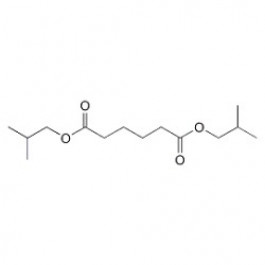New user? / Forgot your password?
0 Item | 0,00 €
Need NMR solvents or supplies? Click here and check out our ARMAR Isotopes catalog!
Diisobutyl adipate Solution (Solvent: Acetone)
100 µg/ml Acetone
| Item number | 680371 |
| CAS | 141-04-8 |
| Formula | C14H26O4 |
| Molecular weight | 258,35 g/mol |
| Quantity | 1X1ML |
| Concentration | 100 µg/ml |
| Solvent | Acetone |
| storage conditions | 4 °C |
Product Variations:
Product | Catalog No./ CAS No. | Quantity | Price | |
|---|---|---|---|---|
 | 677049 | 1X250MG | Please log in. | |
Diisobutyl adipate solution 100 µg/ml Acetone |  | 680371 | 1X1ML | Please log in. |



